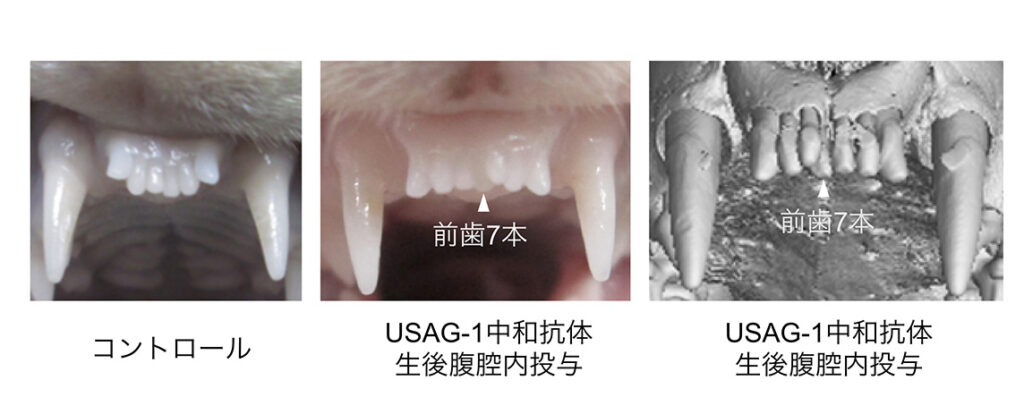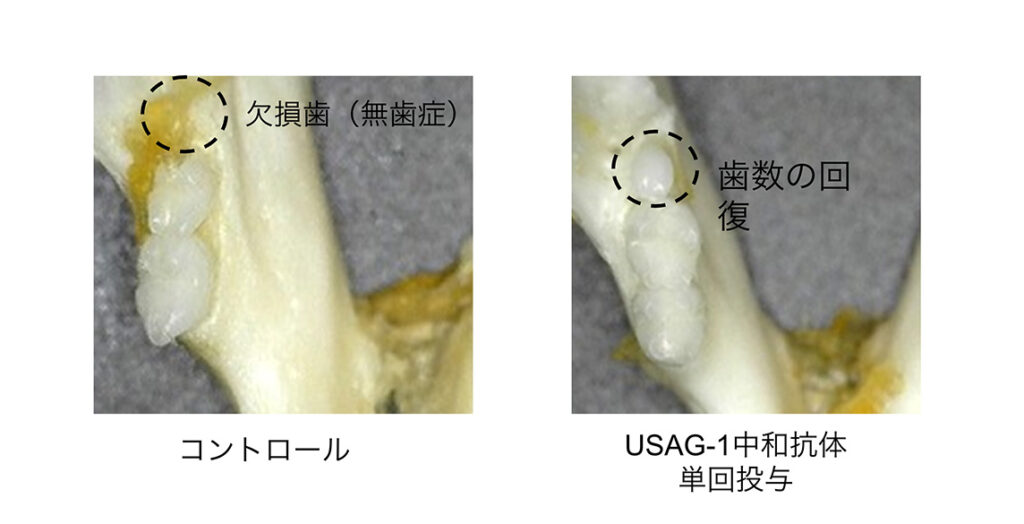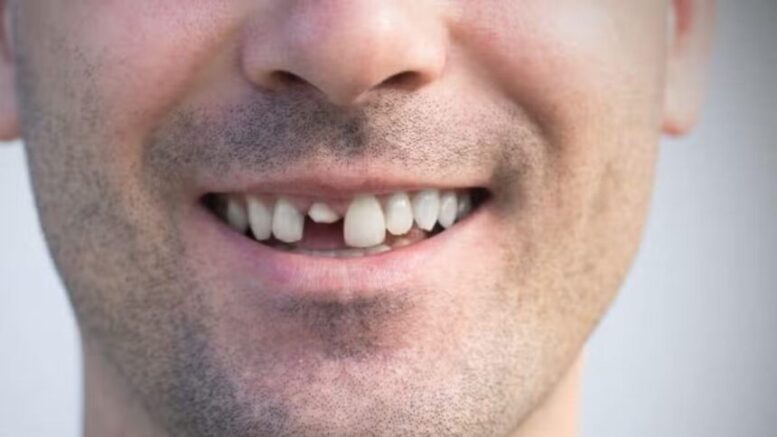Japan’s scientists are rewriting dental history with a regeneration drug that could make dentures and implants relics of the past. TRG-035, a groundbreaking antibody, neutralizes the USAG-1 protein to unleash dormant tooth buds, sparking new tooth growth. This isn’t sci-fi—it’s real, and it’s happening now at Kyoto University Hospital. But is this regeneration miracle a conservative win for natural solutions or a risky leap into uncharted medical territory?
Regeneration’s Promise: Animal Trials Triumph
In mice and ferrets, TRG-035 worked wonders. By blocking USAG-1, it activated tooth buds, growing fully functional teeth. Ferrets, with dental patterns like humans, sprouted extra teeth matching their natural ones—no side effects reported. This success screams potential, yet the leap to humans raises eyebrows. Can regeneration truly replace artificial fixes?

A photo from Katsu Takahashi, head of the dentistry and oral surgery department at Kitano Hospital’s Medical Research Institute, shows the front teeth of a ferret treated with tooth regrowth medicine, which caused the growth of an extra seventh tooth (center) | Photo Credit: MyElectricSparks.com
Human Trials: A Conservative Hope for Regeneration
Since October 2024, Kyoto University’s Phase 1 trial tests TRG-035 on 30 men aged 30–64, each missing a tooth. Safety is the focus, but tooth growth is possible. Next, kids with congenital tooth agenesis—missing permanent teeth—will test this regeneration marvel. If successful, it’s a win for natural healing over invasive implants, aligning with conservative values of preserving the body’s design.
A new tooth is observed growing in a mouse treated with tooth regrowth medication. (Image courtesy of Katsu Takahashi, head of the dentistry and oral surgery department at Kitano Hospital’s Medical Research Institute) | Photo Credit: Jstories.media

The Future: Regeneration by 2030?
Toregem Biopharma, a Kyoto startup, aims to launch TRG-035 by 2030, costing $9,800. However, high costs spark debate: will this be for the elite only? Still, regeneration could save millions from dentures’ discomfort and implants’ invasiveness. Therefore, it’s a step toward self-reliance in healthcare—a conservative ideal—yet affordability remains a hurdle.
Risks and Rewards: A Regeneration Reality Check
Animal trials dazzled, but human results are unproven. Moreover, long-term safety is unclear. Conservatives champion natural solutions, yet rushing untested drugs risks harm. Thus, while regeneration excites, caution is warranted. After all, tampering with nature’s brakes like USAG-1 could have unforeseen consequences. Isn’t prudence a conservative cornerstone?
A New Dental Dawn?
Japan’s TRG-035 heralds a regeneration revolution, potentially freeing millions from tooth loss by 2030. Animal trials succeeded, human trials are underway, and the promise of natural teeth is tantalizing. Yet, costs and risks loom large. Can we trust this leap, or is it a step too far? What’s your take—does regeneration honor the body’s design or tempt fate?
Like this article?
☕️ Share a coffee: https://buymeacoffee.com/criordan
👉 Follow me on X: @CRiordan2024
Click HERE to read more from Clara Dorrian.





Be the first to comment on "Tooth Regeneration Revolution: Japan’s Bold Leap Forward"